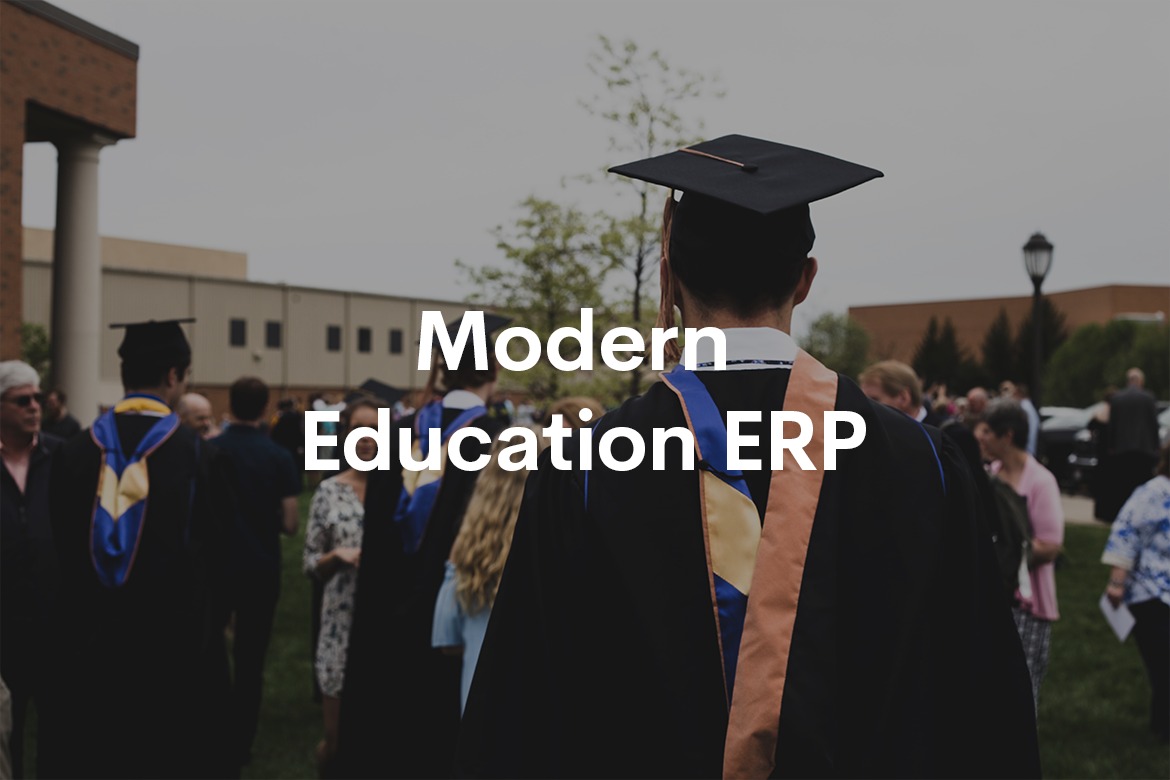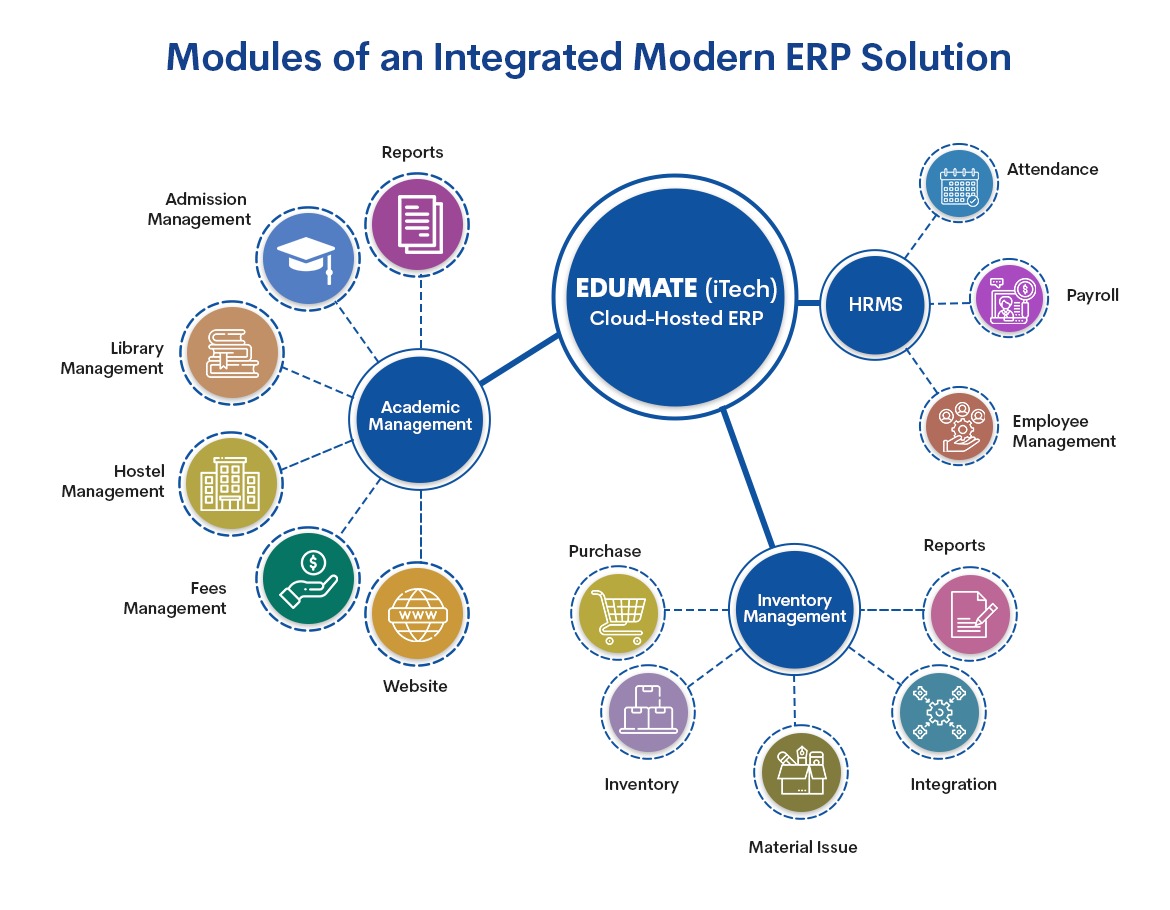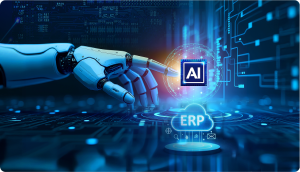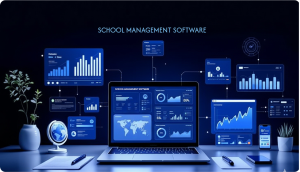
Enterprise Resource Planning is considered the lifeblood of every business, and an educational institution is no exception. A higher education ERP system facilitates a seamless flow of information across systems that run each business unit and provides a holistic view that helps accurate decision-making. If an institution wants to grow, it needs technology to support them and maximize existing resources to be cost-effective.
While every higher education institution like colleges, and universities already has an education ERP in place, the question is are they operating on legacy technology?
How Legacy Higher Education ERP Software Holds Your Institution Back
Faculty and staff are the most important resources that improve the education experience for students. Institutions that are looking to digitally transform are wanting to minimize time-consuming manual tasks. Older education ERPs often take up more time for both faculty and admin staff which slows their productivity and build up frustration as it takes their attention away from more important tasks.
Modern ERPs are now highly automated and are triggered by system data.
Signs Your Higher Education ERP Software Needs an Upgrade:
1. Legacy software systems are often inflexible and cannot be easily scaled to meet changing demands. This can result in inefficient resource allocation, such as the underutilization of classroom space or staffing resources.
2. Older education systems often lack the functionality required to support modern higher education processes, such as online learning, data analytics, and student engagement. This can lead to inefficient processes and suboptimal outcomes for students and staff.
3. Legacy ERP systems are often difficult to integrate with other systems, such as student information systems or learning management systems. This can result in data silos, data duplication, and other inefficiencies that limit the institution’s ability to make informed decisions.
4. If institutions are using an ERP system that has not been upgraded for many years, it means that the software might now be obsolete. The vendor team may no longer offer the necessary support and maintenance required to keep them up-to-date and functioning optimally. This can result in downtime, system crashes, and other issues that limit the institution’s ability to maximize its resources.
5. Legacy software often have a high total cost of ownership due to the need for ongoing maintenance, upgrades, and support. This can limit the institution’s ability to invest in other areas, such as student resources, faculty development, and research.
Outdated ERP systems can limit the ability of higher education institutes in India to maximize their resources by being inflexible, lacking in functionality, challenging to integrate, inadequately supported, and having a high total cost of ownership.
Also Read: 5 Mistakes Educators Make in Implementing an Education ERP
How Modern Education ERPs help colleges to maximize their resources

A modern higher education ERP helps schools and colleges manage their day-to-day business operations. An Education ERP, integrates finance, human capital management, and student information systems. Visually, Modern ERP systems are designed with a more user-friendly interface, with customizable dashboards and mobile accessibility. However, the benefits go even deeper.
6 Top Advantages of Modern Education ERP Software
1. Resource planning and optimization:
An Education ERP system helps colleges to plan and optimize their resources by providing real-time data on enrollment, course offerings, and staff allocation. This data enables colleges to make informed decisions about the allocation of resources, such as scheduling classes to maximize classroom utilization and staffing to meet demand.
2. A modern ERP reduces administrative overhead:
The latest ERp technology automates administrative tasks such as scheduling, grading, and student record keeping. By automating these tasks, colleges can reduce the administrative overhead associated with managing these processes, enabling staff to focus on higher-value activities such as student engagement and academic research.
3. Improves student outcomes and improves student success:
Many ERPs now incorporate artificial intelligence and automation features to streamline processes and reduce manual workloads, such as automating student registration or predicting which students are at risk of dropping out. Education ERPs help colleges to improve student outcomes by providing data-driven insights into student performance and behavior. Colleges can use this data to develop targeted interventions to improve student retention and success rates, reducing costs associated with student attrition.
4. Streamlines financial management:
Education ERPs help colleges to streamline financial management by automating financial processes such as accounts payable and receivable, billing, and budgeting. By streamlining financial management, colleges can reduce the administrative overhead associated with these processes, enabling staff to focus on higher-value activities.
5. Enhances data security and compliance:
Education ERPs help colleges to enhance data security and compliance by providing a centralized, secure platform for managing sensitive institutional data such as student records and financial information. This reduces the risk of data breaches and non-compliance, which can be costly to rectify.
6. Improves communication and collaboration:
Education ERPs facilitate communication and collaboration between students, faculty, and staff by providing tools for online learning, virtual classrooms, and student engagement. By improving communication and collaboration, colleges can increase student engagement and satisfaction, leading to improved outcomes and increased revenue.
Edumate ERP for Higher Education Institutions:
Over the past decade, Edumate ERP solutions have been chosen by leading institutions in South India over other vendors. This is because our solutions tie all education departments together so that they work as one concerted whole.
Edumate higher education software provides various modules to solve the complex challenges of educational institutions. It has 30+ modules to automate every step of your operations. The SIS system (student information system) has features like fee management, admission management, account management, student management, attendance management, transport management, etc.
While Edumate is the name of the complete package, within the technology there are independent tools that can be used on their own. Contact our senior team to discuss how our systems will suit your institution’s requirements.

Rajesh A
Rajesh brings 14 years of experience in business development in the technology space. Education ERP implementation can be a complex project but when the project has an experienced hand at the helm, business-critical initiatives are smoothened out.



